Mental Health and Creativity: Unlocking the 7 Powerful Insights
Explore the profound connection between mental health and creativity in this insightful article. Uncover 7 powerful insights for well-being.
Mental Health and Creativity — Introduction:
Creativity is a multifaceted gem that not only enriches our lives with innovative ideas and artistic expressions but also plays a significant role in promoting mental health.
In this comprehensive exploration, we delve into seven powerful insights that highlight the intricate connection between mental health and creativity.
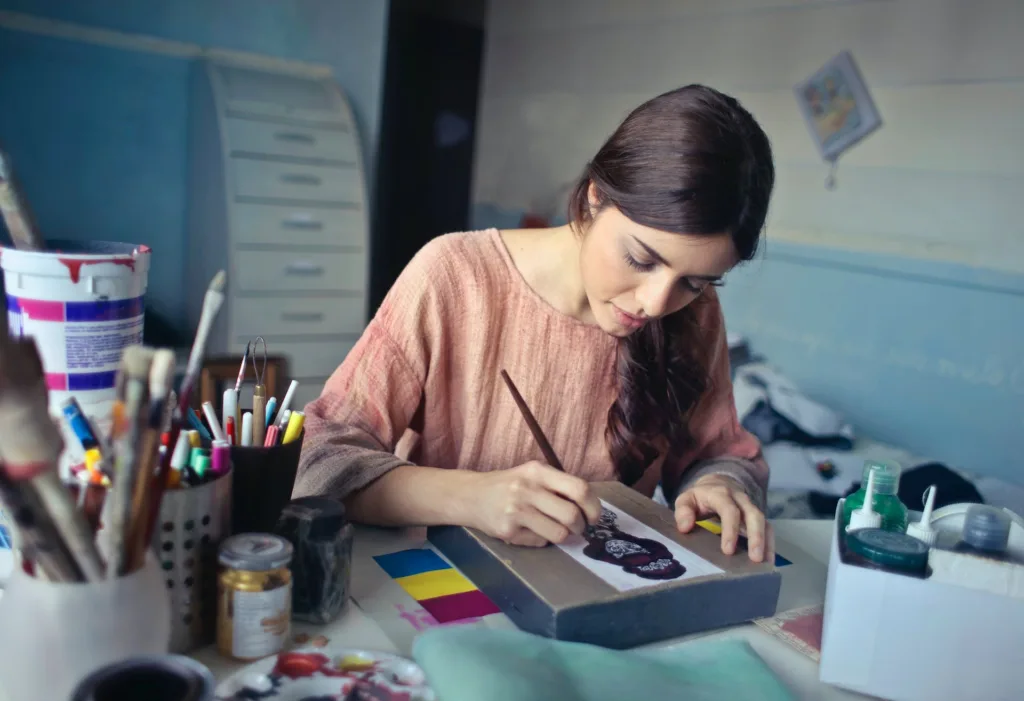
Painting a Brighter Canvas: The Resonance of Mental Health and Creativity
Dive into the intricate interplay of mental health and creativity in our comprehensive article. Unveiling seven powerful insights, we explore how embracing vulnerability, channeling pain into art, and fostering resilience can be transformative for your mental well-being.
Discover how creative expression can serve as a powerful tool for managing complex emotions, promoting mindfulness, and offering a sense of purpose. Join us on a journey that reveals how creativity is not just an art form but a path to better mental health.
1. Embracing Vulnerability
Creativity thrives when we’re willing to embrace vulnerability. It’s about sharing our innermost thoughts, fears, and emotions, often leading to profound creative breakthroughs.
The power of vulnerability in creative work is exemplified by renowned poet Rupi Kaur.
Her raw and emotionally charged poetry collection, “Milk and Honey,” delves into themes of abuse and heartbreak, resonating with countless readers worldwide.
By opening herself up to vulnerability, Kaur not only found healing but also touched the hearts of many others who could relate to her experiences.
This insight reinforces the idea that embracing vulnerability can be a powerful tool for managing mental health, encouraging authenticity and fostering a deep connection with both one and the audience.
2. Turning Pain into Art
Many creatives have harnessed their struggles and pain to fuel their creative processes. Consider the iconic painter Vincent van Gogh, who, despite suffering from mental health challenges throughout his life, produced masterpieces like “The Starry Night.
“By channeling his emotional turmoil into art, he not only created timeless works but also found a means of coping with his inner demons.
This insight underscores how creativity can serve as a therapeutic outlet for individuals facing mental health issues, allowing them to transform their pain into something beautiful and meaningful.
3. Expressing Complex Emotions
Creativity provides a safe space for expressing complex and often overwhelming emotions. The act of creating art, whether through painting, writing, or music, allows individuals to externalize their feelings and make sense of them.
For example, the artist Frida Kahlo used her self-portraits to depict the physical and emotional pain she endured throughout her life.
By turning her inner turmoil into art, Kahlo not only created powerful and evocative pieces but also found a way to navigate her own mental health challenges.
This insight emphasizes the therapeutic value of creative expression as a tool for processing and managing complex emotions.
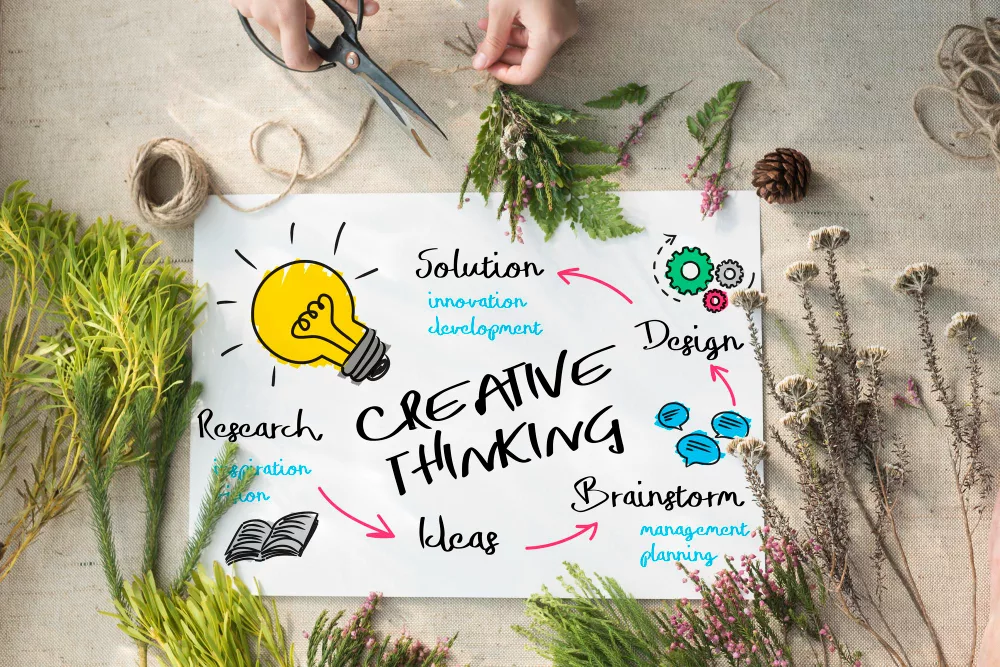
4. Finding Catharsis through Creativity
The creative process often serves as a form of catharsis, allowing individuals to release pent-up emotions and thoughts.
For instance, journaling is a widely recognized creative practice that can be particularly beneficial for mental health.
Writing in a journal provides an opportunity to unload one’s thoughts and feelings, helping to alleviate stress and anxiety.
This act of introspection and self-expression can lead to a greater understanding of one’s mental state and contribute to emotional well-being.
It’s through these creative acts that individuals can find solace and relief, demonstrating the power of creativity as a therapeutic tool.
5. Promoting Mindfulness and Flow
Creativity has the remarkable ability to immerse individuals in a state of mindfulness and flow. When we’re fully engaged in a creative task, our minds are occupied with the task at hand, and we experience a sense of timelessness and effortless focus.
This is a state where mental chatter and worries tend to dissipate, leaving room for clarity and inner calm. Artists like Leonardo da Vinci, during his meticulous work on the Mona Lisa, exemplify this state of flow.
Engaging in creative activities that induce flow can be a form of mindfulness, promoting mental well-being by reducing stress and enhancing concentration.
6. Fostering a Sense of Purpose
Creativity often provides individuals with a sense of purpose and fulfillment. Whether it’s writing a novel, composing music, or crafting visual art, the act of creation gives life meaning and direction.
For example, the novelist J.K. Rowling’s creative journey with the Harry Potter series is a testament to the transformative power of creativity.
Through her writing, Rowling overcame personal challenges and went on to inspire millions of readers worldwide.
This insight underscores the role of creativity in fostering a sense of purpose and accomplishment, which can be instrumental in promoting positive mental health.
7. Building Resilience
Engaging in creative pursuits can contribute to the development of resilience, a key factor in maintaining good mental health.
The process of facing and overcoming creative challenges helps individuals build confidence and adaptability. A famous example of resilience through creativity is the musician Beethoven, who continued to compose and perform even as he experienced deafness.
His unwavering commitment to his craft is a testament to the power of creativity in building resilience and emotional strength.
The ability to persist in the face of adversity, often encountered in creative endeavors, can spill over into everyday life, equipping individuals with the resilience needed to navigate mental health and creativity challenges.
Mental Health and Creativity – The Vital Role of Restful Sleep
Restful sleep is a cornerstone of good mental health. It plays a crucial role in cognitive functioning, emotional regulation, and creativity.
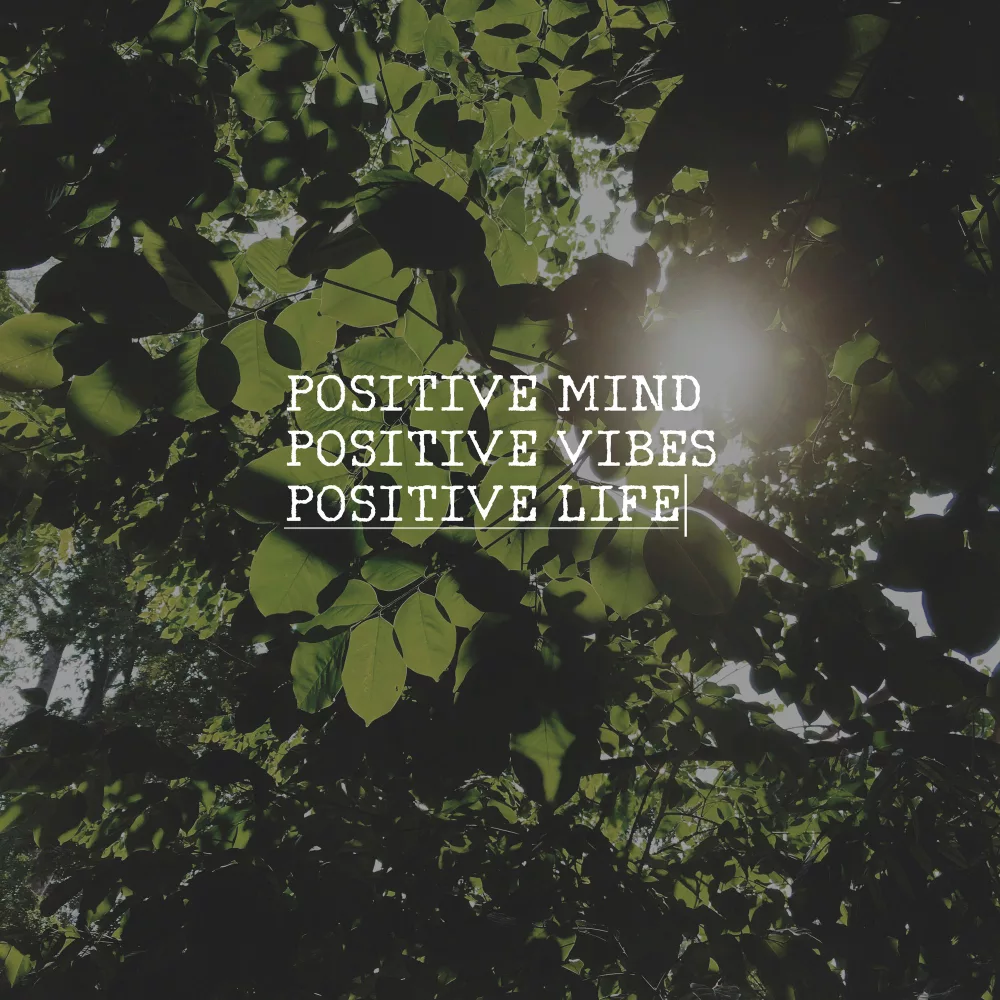
When you enjoy uninterrupted, quality sleep, your brain undergoes critical processes, consolidating memories and refreshing neural pathways.
This rejuvenation is essential for maintaining optimal mental well-being and fostering creativity. In contrast, chronic sleep deprivation can lead to increased stress, anxiety, and reduced cognitive function, hindering the creative process.
Therefore, prioritizing restful sleep is not only essential for mental health but also a catalyst for unlocking creativity and innovation.
The Mind-Body Connection: Cultivating Mental Well-being
Creativity: Fueling Your Well-Being
Creativity isn’t just about creating art or music. It’s a mental process that involves generating new ideas and finding innovative solutions. Research suggests that engaging in creative activities can boost mood, reduce stress, and improve cognitive function. Whether it’s writing, painting, playing music, or simply coloring, unleashing your creativity can be a powerful tool for promoting mental well-being.
Mental Health: A Spectrum, not a Destination
Mental health refers to our emotional, psychological, and social well-being. It influences our feelings, thoughts, and behaviors. Similar to physical health, mental health is a spectrum condition. We all experience challenges and emotional fluctuations throughout our lives. However, if these challenges become persistent and significantly impact your daily functioning, it might be a sign of a mental health condition. Seeking professional help is crucial for managing these conditions and improving your overall well-being.
Art Therapy: Healing Through Expression
Art therapy is a form of psychotherapy that uses creative expression to explore emotions, improve self-awareness, and manage mental health conditions. Through activities like painting, drawing, sculpting, and mandalas, art therapy can provide a safe space to process difficult emotions, reduce stress, and foster self-discovery.
Stress: Understanding the Fight-or-Flight Response
Stress is a normal human reaction to a believed danger. It can be triggered by various factors, from work deadlines to financial worries. While short-term stress can be helpful for motivation, chronic stress can take a toll on our mental and physical health. Learning healthy coping mechanisms like relaxation techniques, exercise, and mindfulness can help manage stress effectively.
Mood: The Colors of Our Day
Mood refers to the general emotional state you experience over a longer period. It can range from happiness and joy to sadness and anger. While mood fluctuations are normal, experiencing persistent low moods or extreme highs and lows could indicate a mental health concern.
Emotions: The Language of Our Feelings
Emotions are complex physiological, behavioral, and psychological responses to internal and external stimuli. They play a crucial role in our thoughts, actions, and relationships. Understanding and managing our emotions effectively is essential for mental well-being. Mindfulness practices can help us identify and process emotions constructively.
Memories: Building Our Narrative
Memories are the mental representations of past experiences that shape who we are. They could be positive, negative, or a combination of the two. While negative memories can sometimes be intrusive, processing and integrating these memories can be crucial for emotional well-being. Therapy techniques like EMDR (Eye Movement Desensitization and Reprocessing) can help manage challenging memories.
Mental Health and Creativity — Conclusion
In conclusion, the intricate relationship between mental health and creativity is a powerful testament to the therapeutic and transformative potential of creative expression.
Whether you’re an artist, a writer, a musician, or simply someone who enjoys creative hobbies, harnessing the insights shared here can empower you to use creativity as a tool for self-discovery, emotional healing, and overall well-being.
As we continue to explore this connection, it becomes increasingly clear that creativity is not just a source of beauty and innovation but a profound avenue for nurturing mental health and personal growth.
Training for the brain: How to train your synapses.
Free neowake® session for motivation and success!
Click on the Image to download the free neowake® session.
Mental Health and Creativity – FAQs:
Yes, there’s a connection. Engaging in creative activities can positively impact mental health by reducing stress, improving mood, and offering an outlet for expression.
How does creative arts help mental health?
Creative arts provide a way to express emotions, reduce stress, boost self-esteem, and promote relaxation and mindfulness.
What are examples of creativity for mental health?
Examples include painting, writing, music, dance, crafting, photography, and even activities like gardening or cooking.
What are creative works for mental health?
Creative works can be anything from creating art pieces, writing stories or poems, composing music, or engaging in DIY projects that stimulate imagination and expression.
Why is creativity important?
Creativity fosters innovation, problem-solving skills, helps in adapting to change, and enhances personal growth and self-expression.
Why is creativity good for the brain?
It stimulates neural connections, enhances cognitive abilities, improves problem-solving skills, and supports overall brain health and function.
What are the seven mental states of creativity?
Commonly cited mental states include curiosity, imagination, inspiration, intuition, persistence, improvisation, and evaluation.
What are 3 reasons why creativity is important?
Creativity drives innovation, encourages personal growth, and enables individuals to adapt and find solutions in various aspects of life.
Is creativity a skill or a value?
It’s both. Creativity is a skill that can be developed and honed, but it’s also a value that promotes individuality and originality.
What is a creative person called?
A creative person can be described as imaginative, innovative, inventive, or an artist.
What is creativity in psychology?
In psychology, creativity refers to the ability to generate new ideas, approaches, or solutions that are original and valuable.
How can I use creativity in life?
You can use creativity by exploring new hobbies, problem-solving creatively, expressing yourself through various arts, and thinking outside the box in daily tasks.
What causes creativity?
Creativity can stem from a combination of genetics, environment, experiences, and the ability to think divergently or unconventionally.
How to become creative?
Engage in diverse experiences, practice brainstorming, allow yourself to make mistakes, and cultivate curiosity and an open mind.
What brain is creative?
Creativity involves various brain regions, including the prefrontal cortex (associated with planning), the limbic system (related to emotions), and networks linking different brain areas.
What is the brain of creativity?
There isn’t a specific “brain of creativity.” Multiple brain areas and networks work together to facilitate creative thinking and expression.
Why is creativity important in psychology?
Creativity is important in psychology because it helps understand problem-solving, innovation, individual differences, and mental health aspects related to expression and coping mechanisms.
Is creativity a life skill?
Yes, it’s considered a valuable life skill as it fosters adaptability, critical thinking, innovation, and personal expression.
What is an example of creativity?
An example could be a new invention, a unique piece of art, a novel solution to a problem, or a groundbreaking scientific theory.
What is creative thinking in life?
Creative thinking involves approaching problems or situations with an open mind, exploring unconventional solutions, and fostering imagination and originality in everyday life.
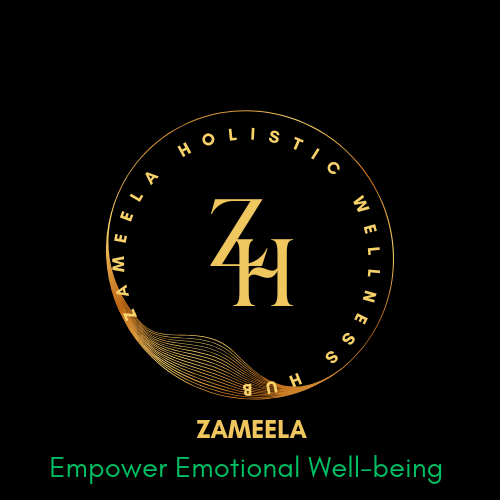
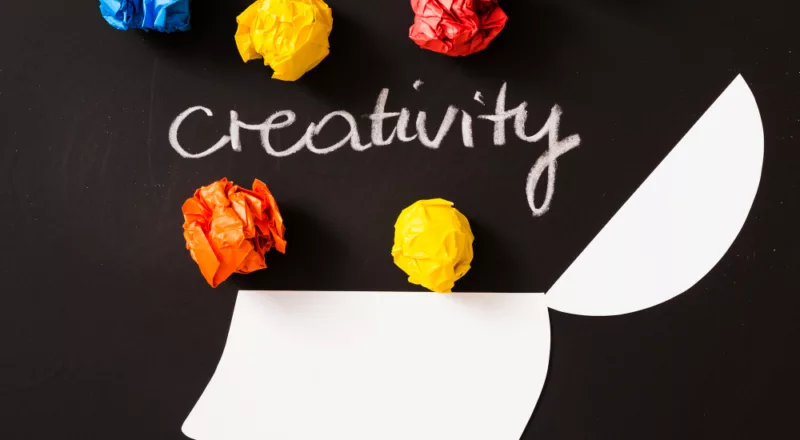
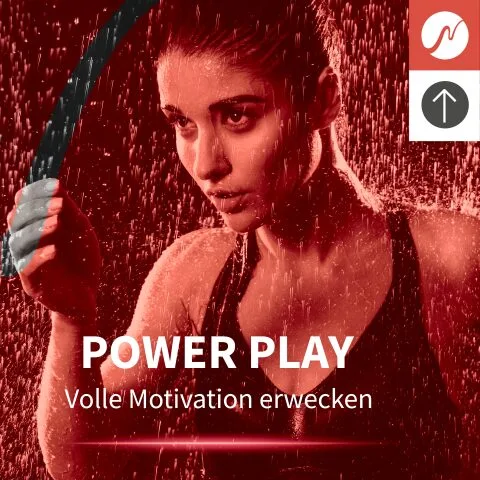

I’m not sure where you’re getting your info, but great topic.